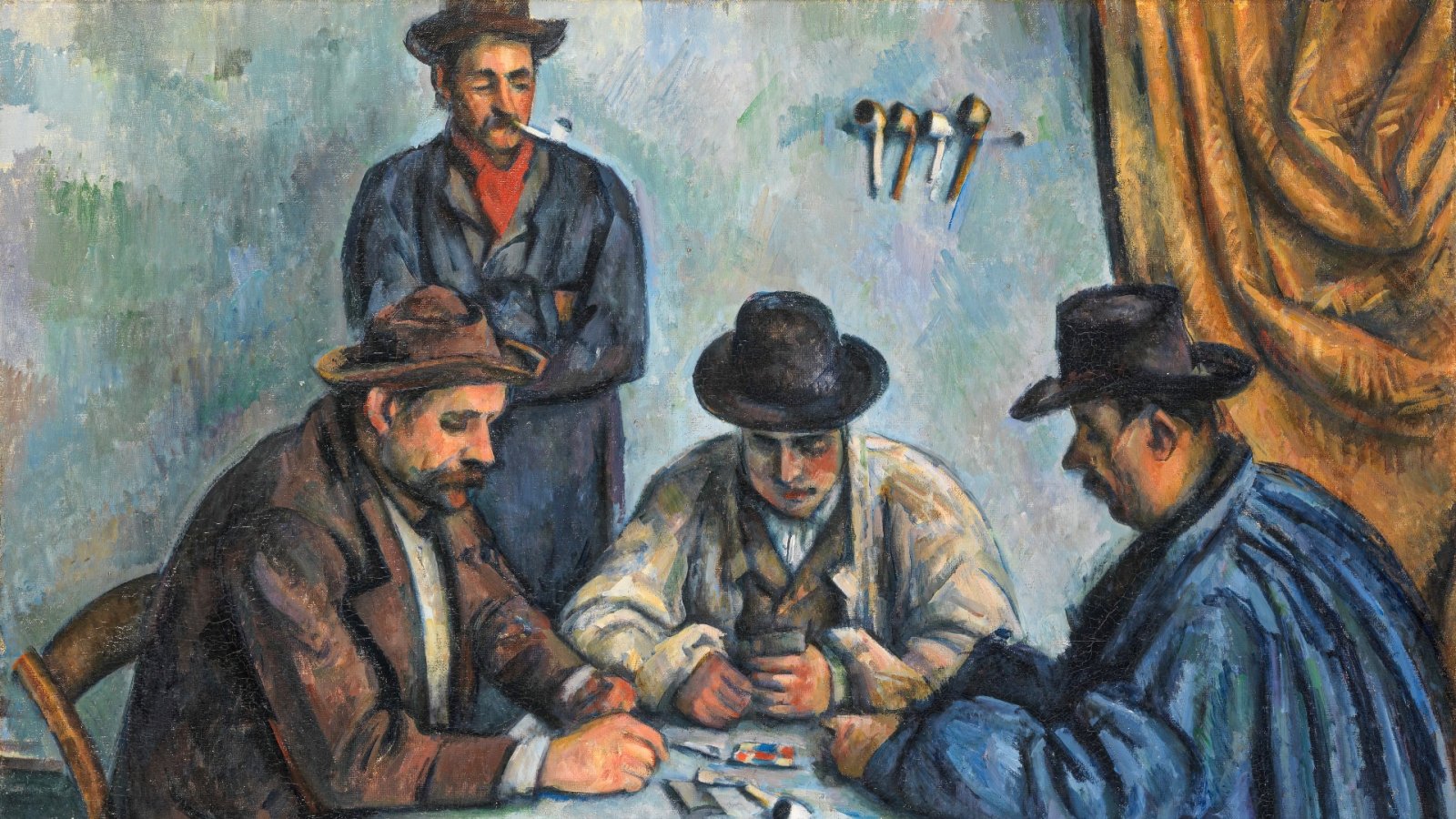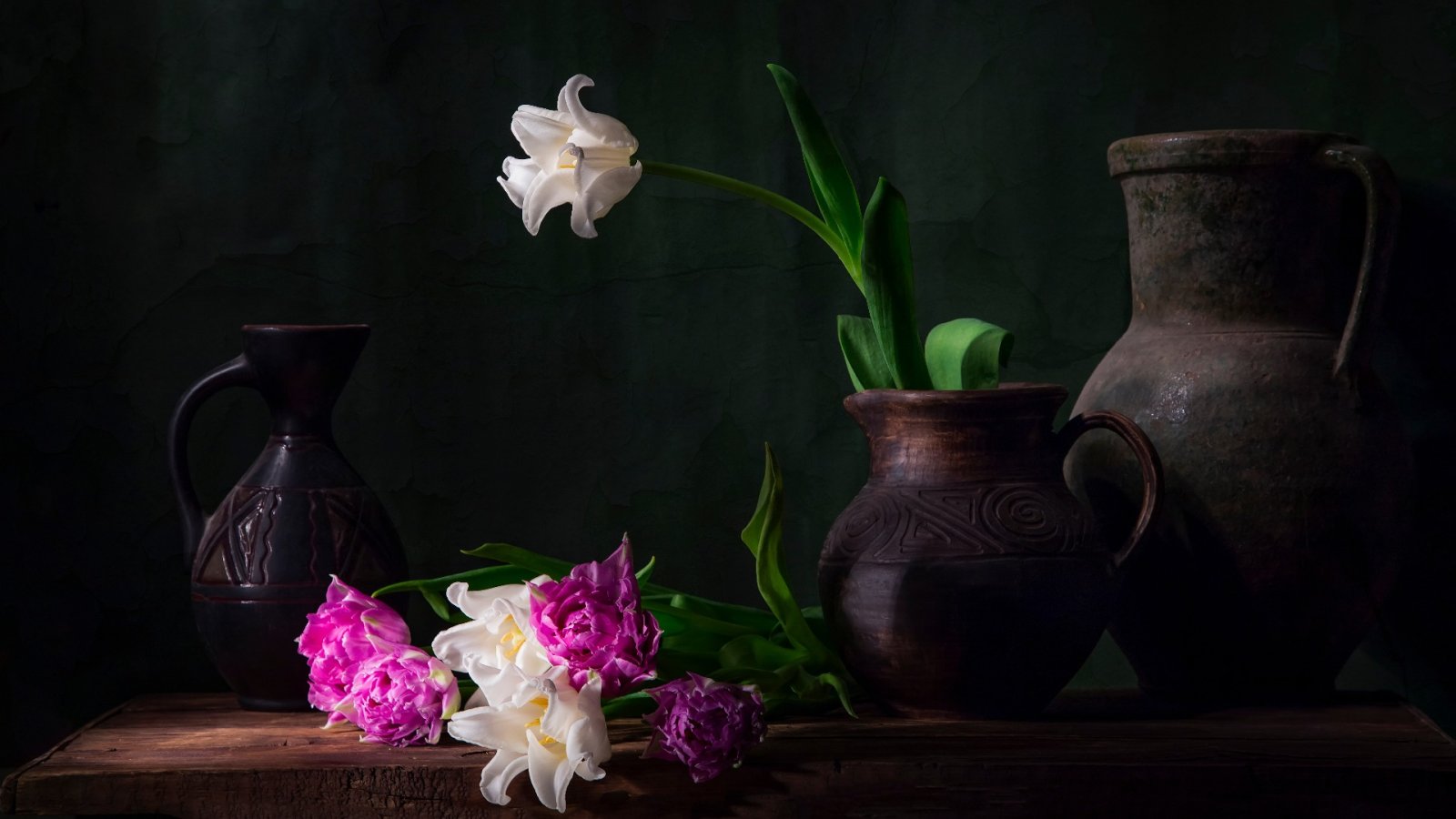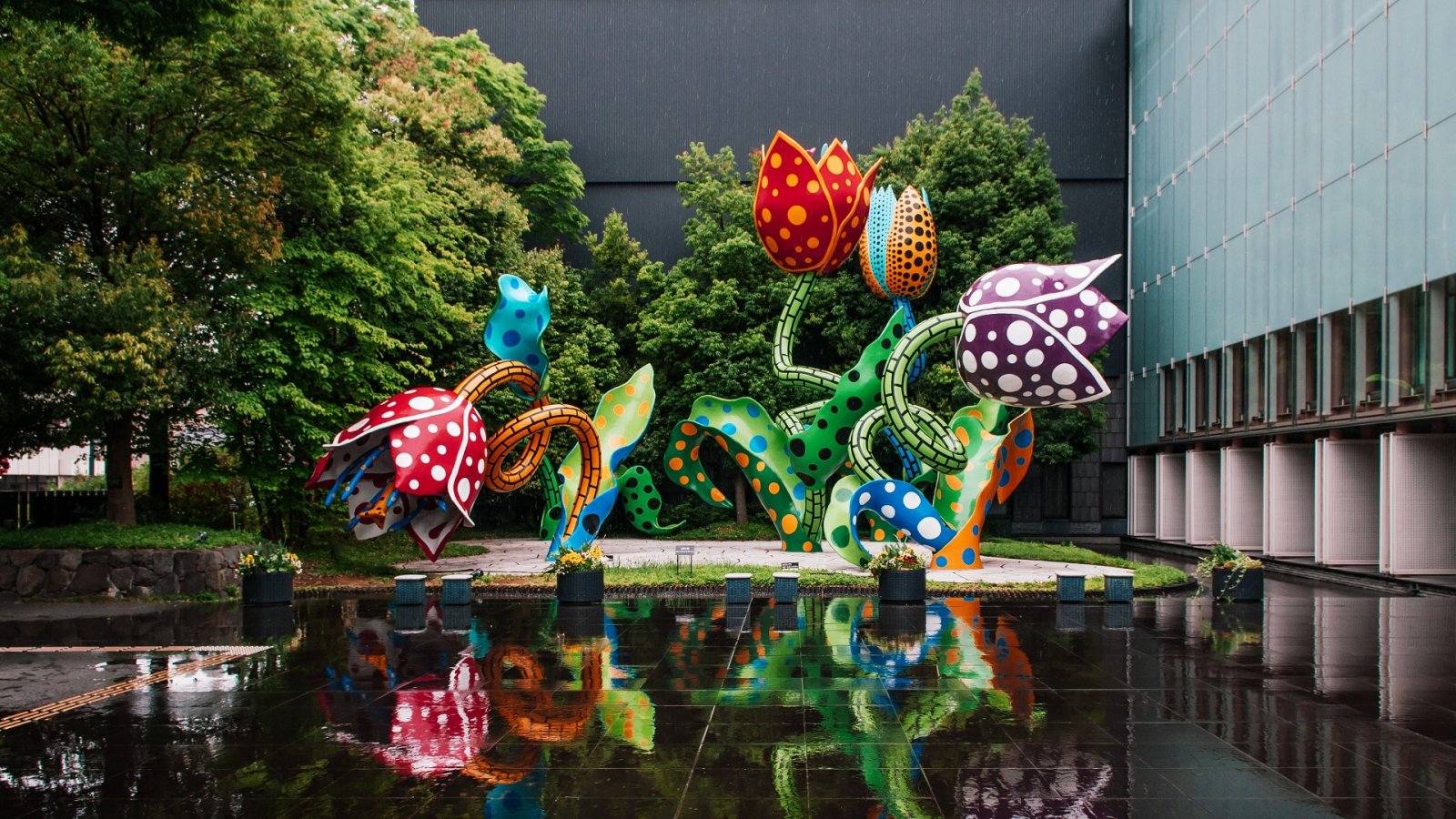Some refer to Yayoi Kusama as "the princess of polka dots," and her art draws inspiration from childhood hallucinations of flowers speaking to her. Kusama's work incorporates various styles, such as Feminism, Minimalism, Surrealism, Art Brut, Pop Art, and Abstract Expressionism. She has become the top-selling female artist in the world and has influenced artists such as Andy Warhol and Claes Oldenburg.
Yayoi Kusama, an iconic figure of contemporary art, is celebrated for her instantly recognizable polka dots, as well as her trademark bright red wig and spotty outfits. With an astonishing level of productivity, Kusama emerged as a central figure in the New York Avant-Garde during the 1950s and 1960s. Her art, which spans Pop Art, Minimalism, and Psychedelia, includes paintings, performances, installations, literature, and films. Kusama's early Infinity Net paintings brought her recognition, but it was her polka dot-covered work that catapulted her to global fame. Her art has set records throughout her career, with her Latin American tour, Yayoi Kusama: Infinite Obsession, breaking attendance records in 2014. However, it is at the auction where Kusama's work has achieved the most remarkable results. Today, she holds the distinction of being the world's top-selling female artist, having influenced many artists, including Andy Warhol and Claes Oldenburg.
As of January 2020, Yayoi Kusama's works had achieved a total turnover of an astounding $194,977,508 at auction, making her the highest-selling female artist. The majority of her art has been sold for between $100k and $500k, with the top prices being for paintings from the late 1950s and early 1960s when she first moved to New York. Kusama's records began to soar in November 2008 when Christie's auctioned off a 1959 white Infinity Net painting, No. 2, formerly owned by Donald Judd, for $5.7 million, which was then a record for a living female artist. In 2014, her White No. 28 (1960) from the Infinity Nets series sold for $7.1 million at Christie's, making her the most expensive living female artist at auction. Kusama's standing as a record-breaking artist has been reinforced by her art appearing in Invaluable's price archive over 2,300 times, with Interminable Net #3 fetching $5,850,000 at Sotheby's in May 2015.
Kusama’s childhood was plagued by a lack of support for her artistic talents, with an abusive mother who would seize her unfinished drawings and a father who had affairs that impacted her mental well-being. Perhaps as a result, Kusama developed an obsessive need to complete her work before it could be taken from her. Her art became a means of escaping the hostile environment she grew up in. Despite societal expectations for her to marry and have children, Kusama defied her parents’ wishes and enrolled at the Kyoto Municipal School of Arts and Crafts in 1948, where she studied traditional Japanese art called Nihonga painting.
While Kusama’s polka dots have become synonymous with her art, they serve a deeper purpose beyond decoration. She initially used them at the age of 10 in a drawing of a woman in traditional Japanese clothing, possibly her mother. By incorporating polka dots into her paintings, sculptures, and clothing, Kusama seeks to dissolve the boundaries between herself and the universe, aiming for an amalgamation of both.
Kusama's decision to leave Japan and move to New York at the age of 27 was a crucial turning point in her career. However, this move and her subsequent success may not have occurred without the encouragement of fellow artist Georgia O'Keeffe, with whom she had corresponded. Kusama had asked O'Keeffe, "Will you kindly show me the way?" expressing her desire to become a painter and O'Keeffe's response may have been instrumental in Kusama's move to the US.
After showcasing her paintings at the Zoe Dusanne Gallery in 1957, Kusama relocated to Seattle, where she gained recognition as an Avant-Garde trailblazer before eventually settling in New York in 1958. The move was a pivotal moment for Kusama's career, as she shed her past by destroying many of her early works and embarked on a new artistic journey in America. Despite speaking minimal English, Kusama bravely navigated her way to the US by sewing dollar bills into her clothing, as transferring money from Japan was not allowed at the time.
In conclusion, Kusama's artistic expression went beyond polka dots and extended to a wide range of ideas that reflected the spirit of the times. She delved into performance art that examined anti-war, anti-establishment, and free-love ideologies. Referred to as "Happenings," Kusama's live performances frequently featured public nudity, with individuals covered in brightly-colored polka dots. The goal was to challenge societal constructs surrounding identity, sexuality, and the human body.






